Politics
Most Americans Can't Answer These Questions on the US Citizenship Test
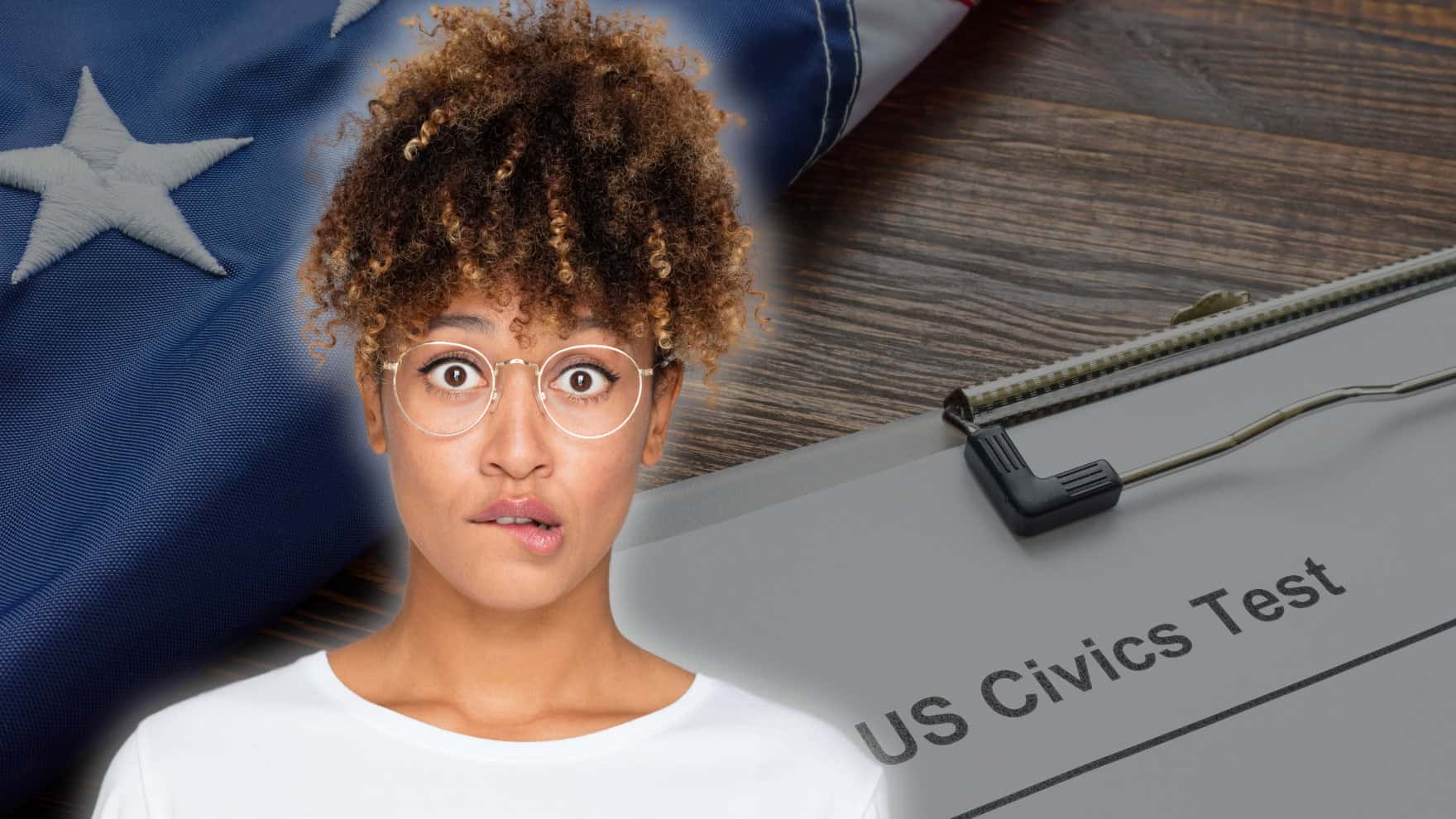
Published:

Could you pass the United States Citizenship Test? Unfortunately, most Americans probably would not. Find out for yourself.
The U.S. Citizenship Test includes 100 questions about U.S. law, history, and values, but the immigration officer administering the test will only ask ten of them. The applicant only has to answer six questions correctly in order to pass. We have collected 20 of the questions asked to every applicant, see if you can answer them all correctly, or at least get a passing score.
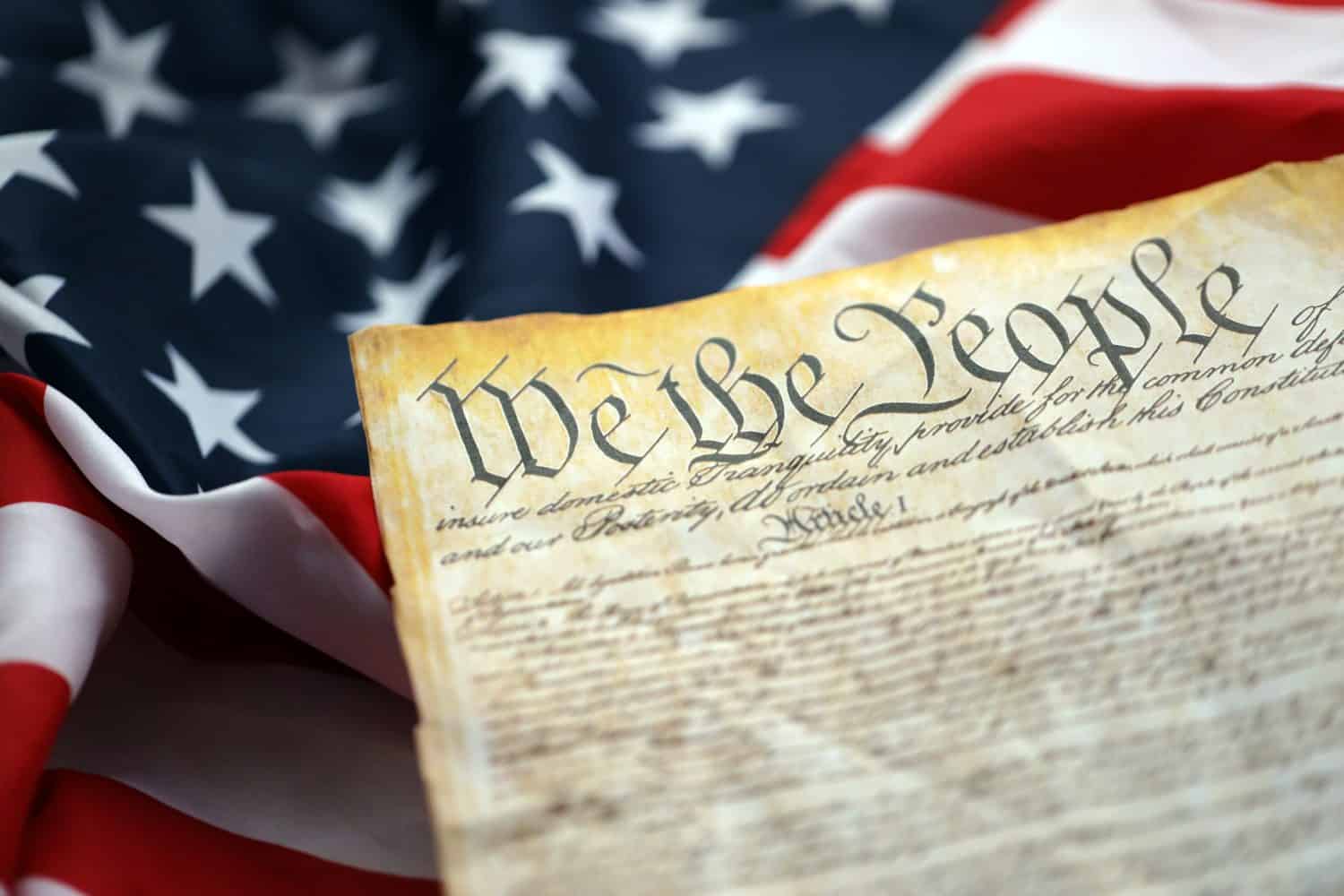
What does the Constitution do?

While the Constitution does outline some specific laws and structure, much of it was left to the resulting government to figure out for itself, giving deference to the states in the event of a questions of responsibility.

How many amendments does the Constitution have?
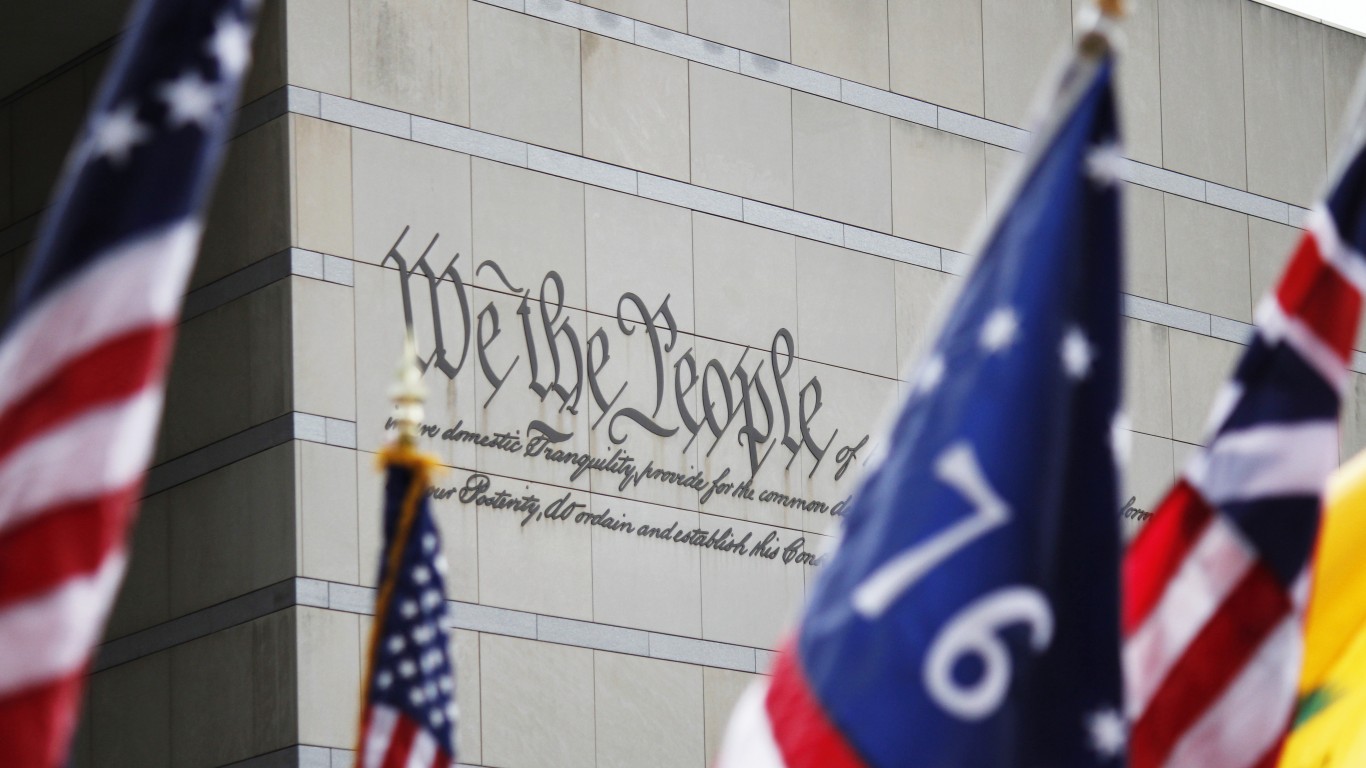
There are currently 27 amendments to the Constitution. The first ten were added during its ratification and are called the Bill of Rights. The 27th amendment, related to the salaries of Congress, was ratified in 1992.

What is freedom of religion?
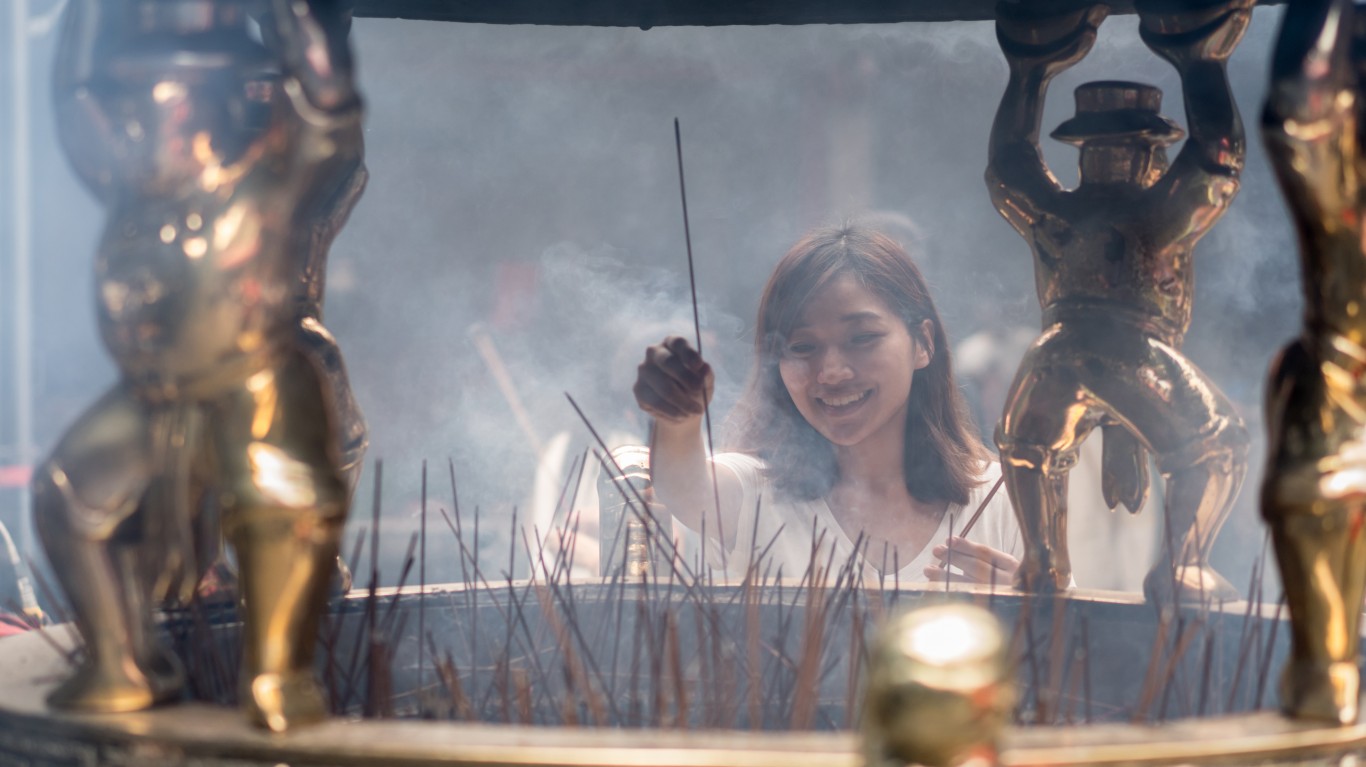
The United States does not have a state religion and does not force religion of any kind onto the people living here. Additionally, requiring a person to be religious to participate in any activity is against the law, and discriminating against someone because they don’t have a religion is also illegal.

We elect a U.S. Senator for how many years?

Every two years one-third of the members of the U.S. Senate are up for reelection.

The House of Representatives has how many voting members?

The number of representatives of a state is based on the population of that state, with more populated states having more representatives than states with fewer people.
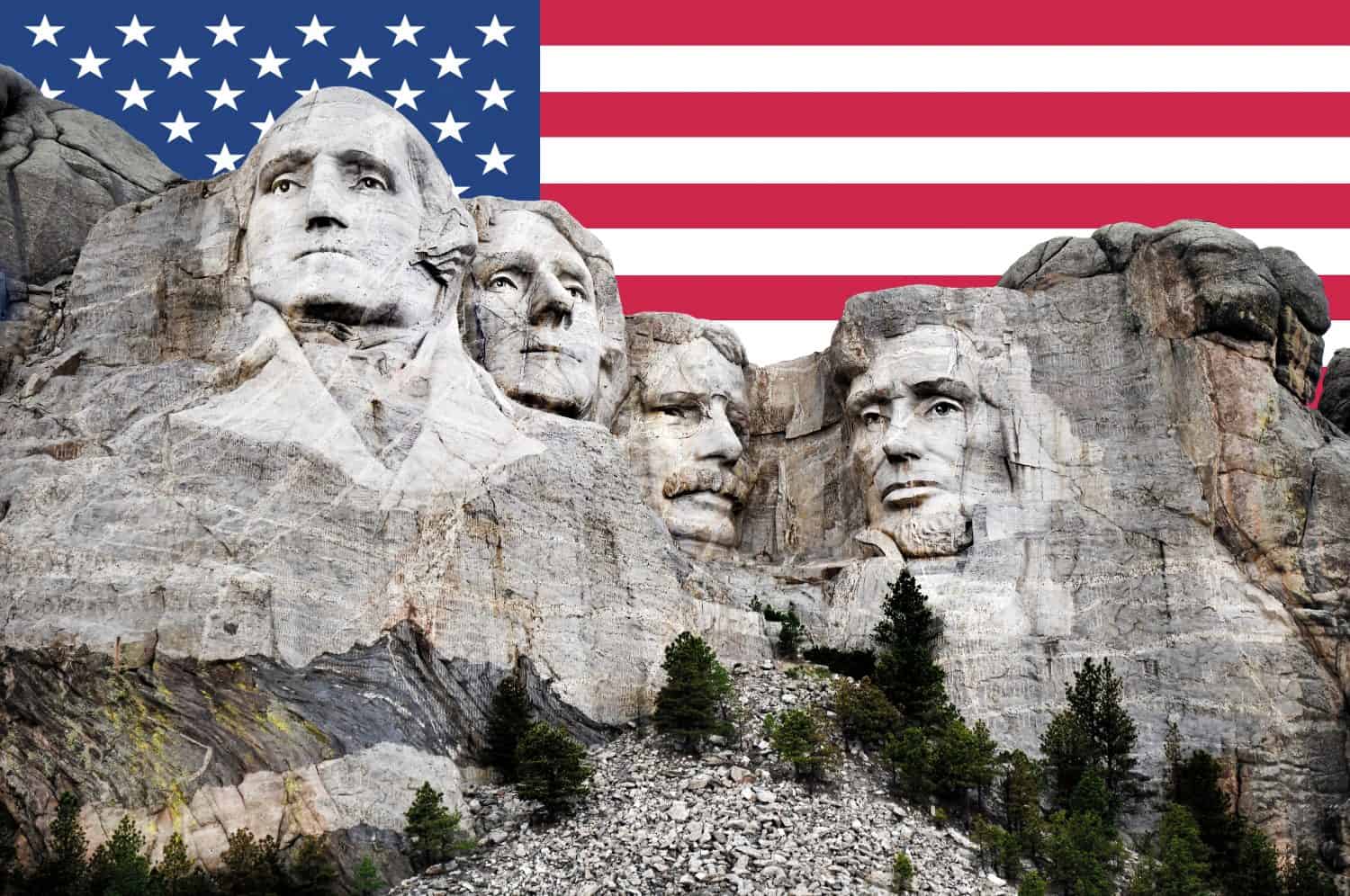
If both the President and the Vice President can no longer serve, who becomes President?
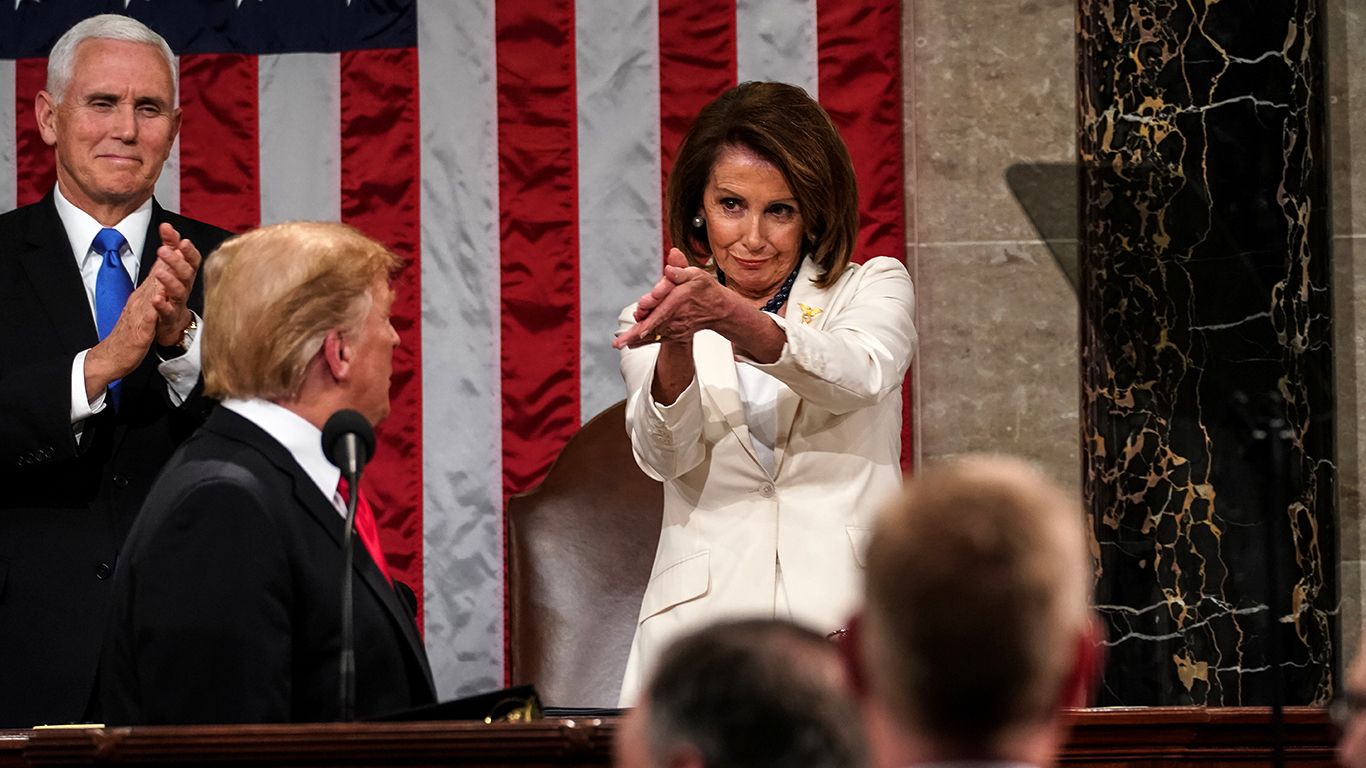
This applies to situations in which the President and Vice President die or are too sick or injured to complete their duties. The line of succession continues through the President’s cabinet.

Describe one of the four amendments to the Constitution about who can vote.

These are the rights guaranteed by the 15th, 19th, 24th, and 26th amendments.

Who wrote the Declaration of Independence?
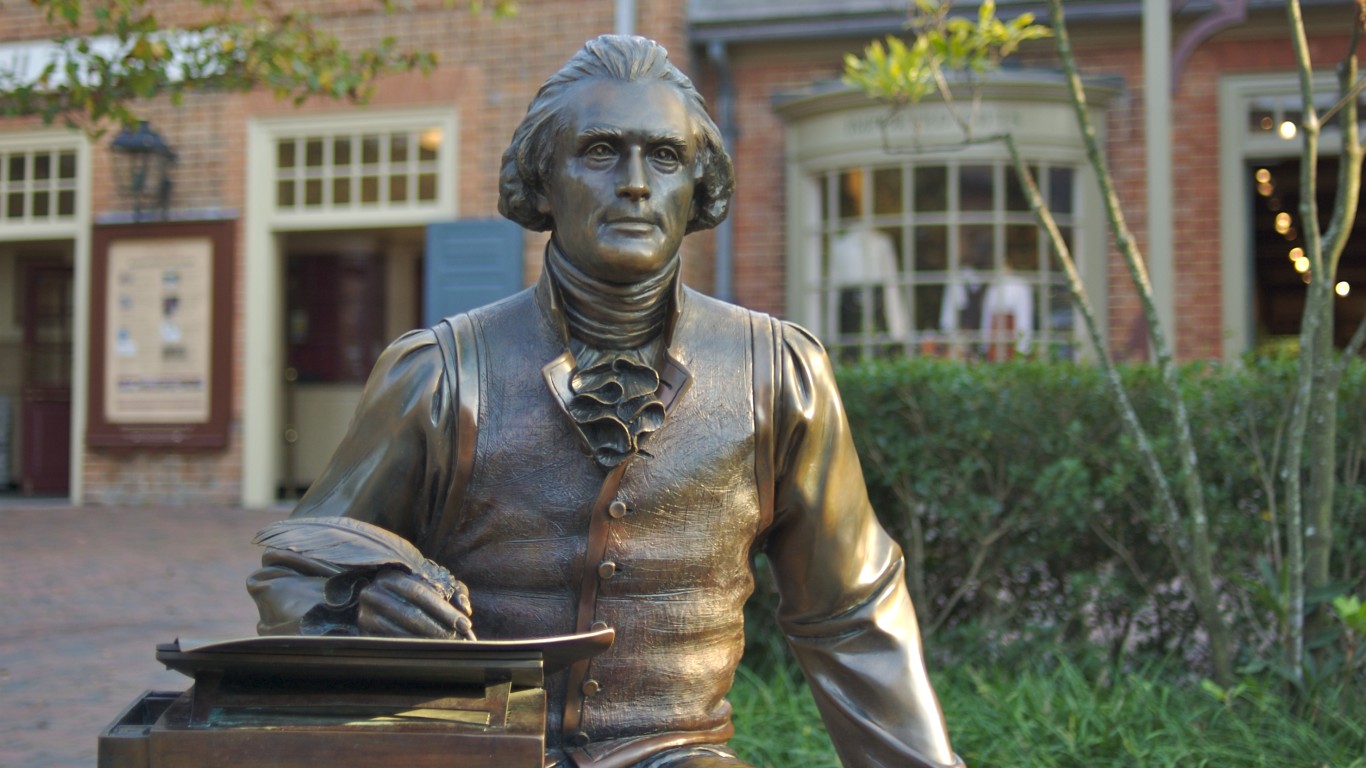
Thomas Jefferson formed part of the Committee of Five that was given the responsibility of drafting the Declaration of Independence in 1776.

Name one of the writers of the Federalist Papers.

The Federalist Papers were a series of 85 essays and articles that were published in order to promote the ratification of the Constitution of the United States. The three men published these articles under the pseudonym Publius.

What territory did the United States buy from France in 1803?
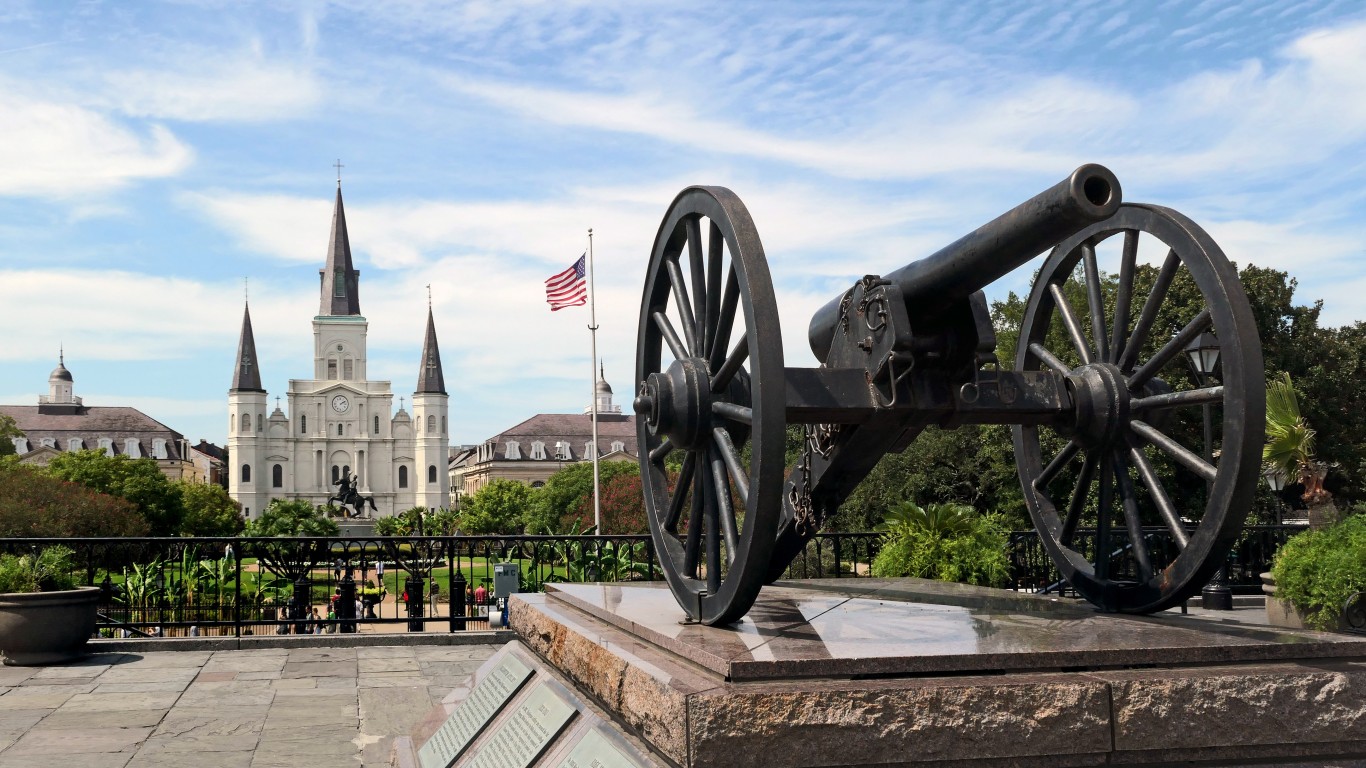
The territory of Louisiana consisted of the land West of the Mississippi River for $18 per square mile, totaling $15 million. It covered the land now owned by Oklahoma, Arkansas, Nebraska, Montana, Wyoming, and more.
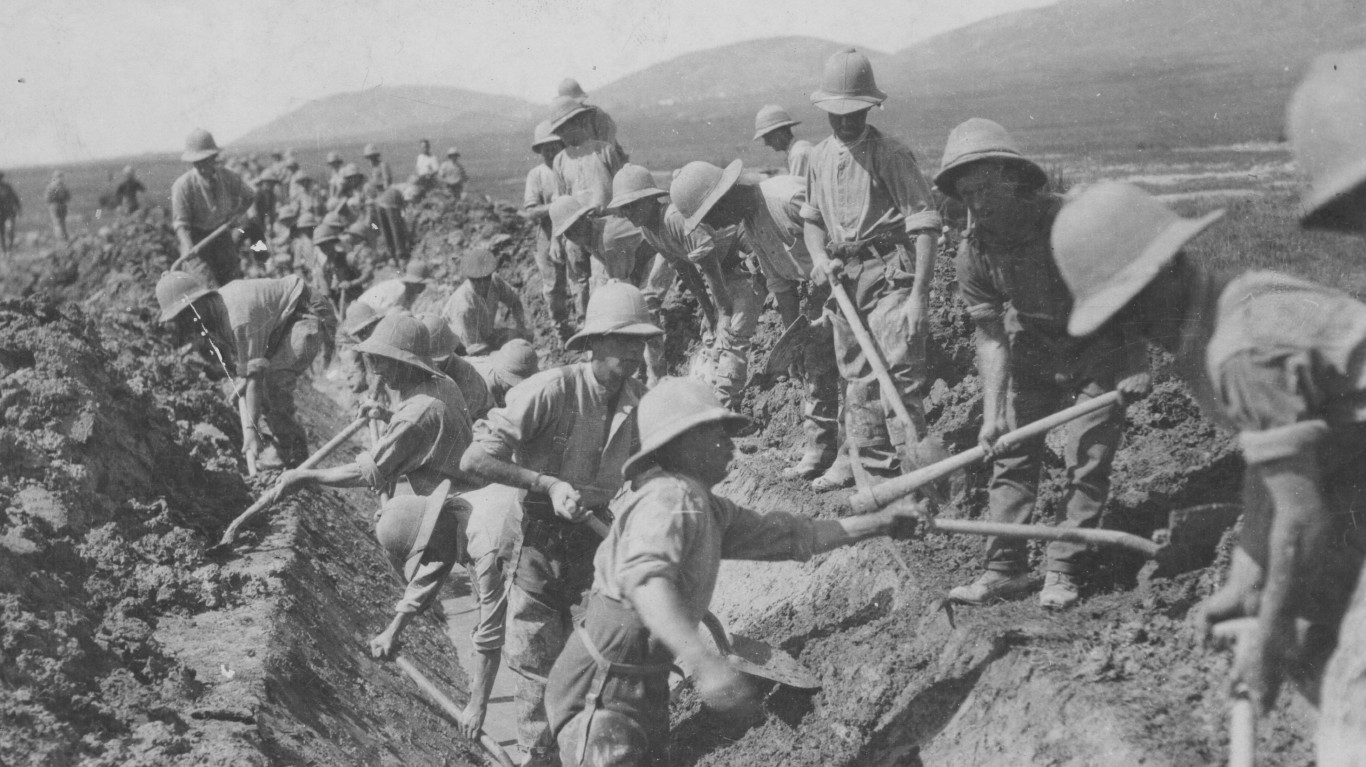
Who was President during World War I?
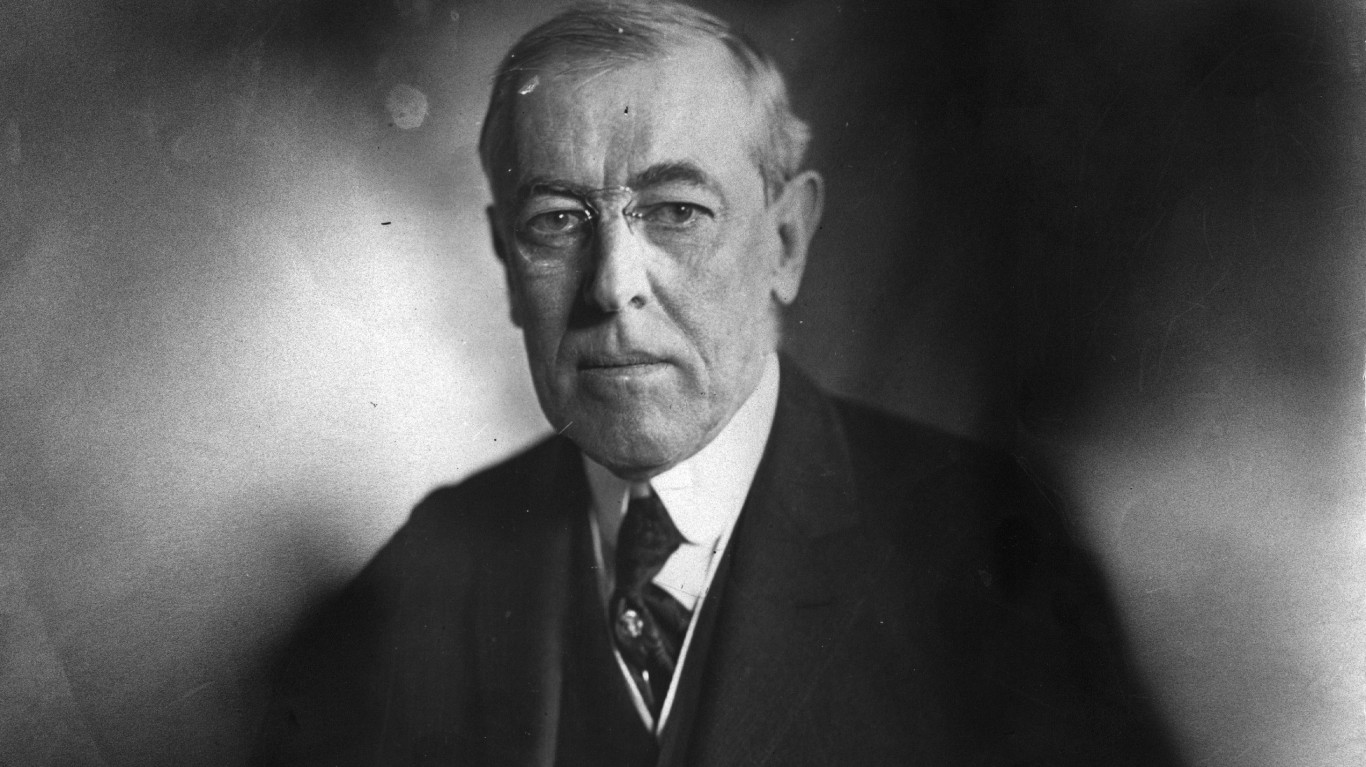
Woodrow Wilson was the 28th president of the United States. He led the United States into WWI, was a leading proponent of the League of Nations, supported segregation, opposed women’s suffrage, and instituted the national income tax.
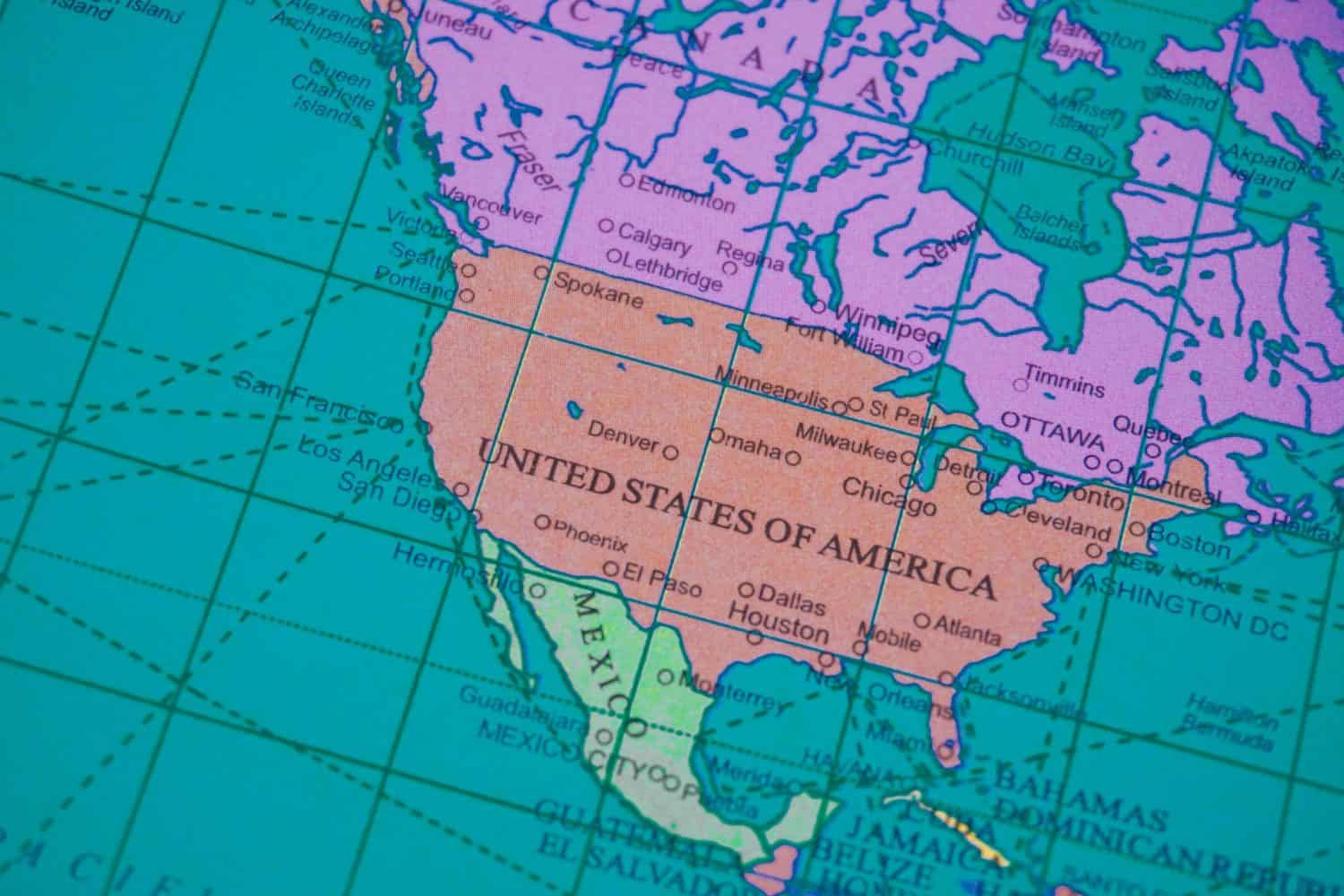
Name one U.S. territory.

U.S. territories cannot vote in presidential elections and have non-voting representatives in Congress. Their development is significantly inferior to that of U.S. states and have much higher poverty rates.
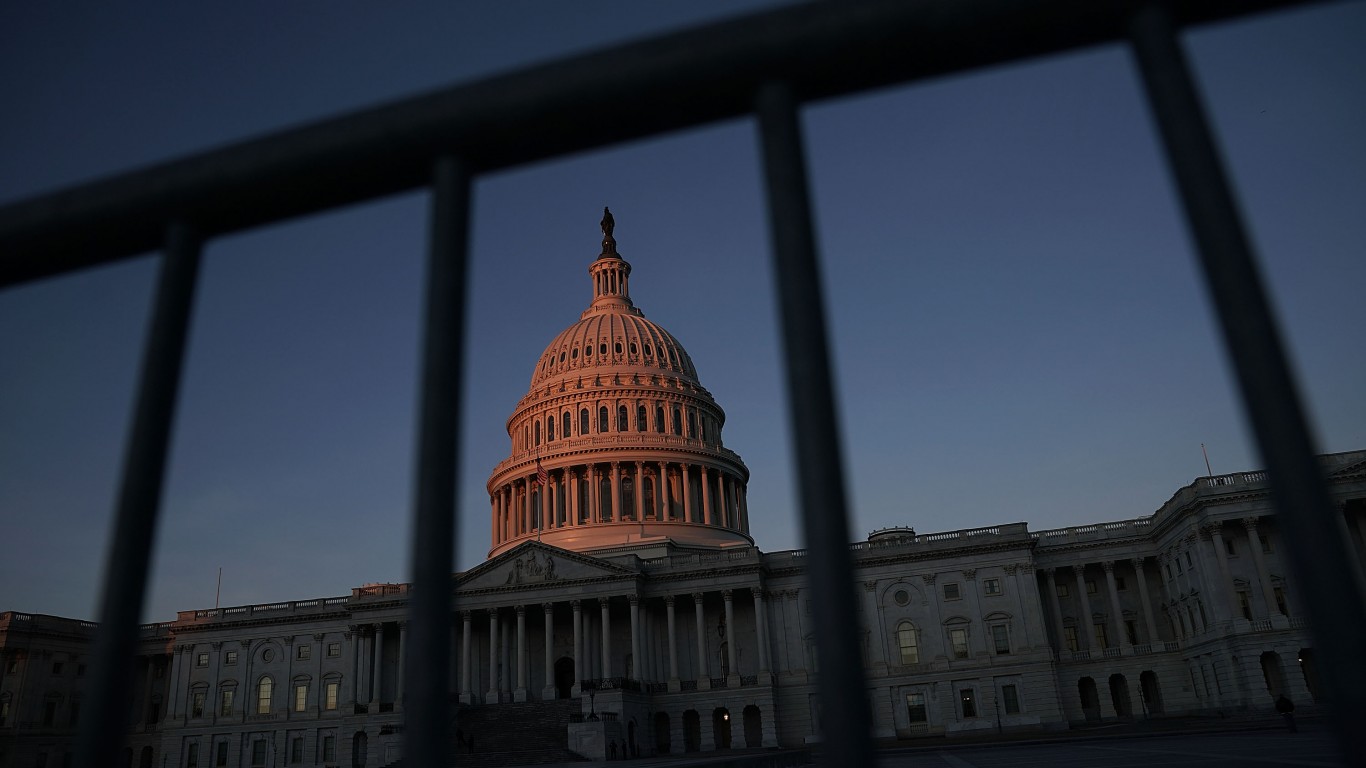
Name your U.S. Representative.

Every U.S. citizen is represented by an elected person in the House of Representatives. There are currently 435 voting members of the House of Representatives. If you didn’t know the answer to this question, you can use various online tools to find our representative, including the Find Your Representative resource provided by the House of Representatives itself.

Name two Cabinet-level positions.

All cabinet positions are political positions selected by the President and approved by Congress. They are typically party loyalists. Their primary, and initial, responsibility is to advise the president on their specific area of expertise and assignment. Their responsibilities and powers have grown over the years as more of the power of the President has been delegated to these people.
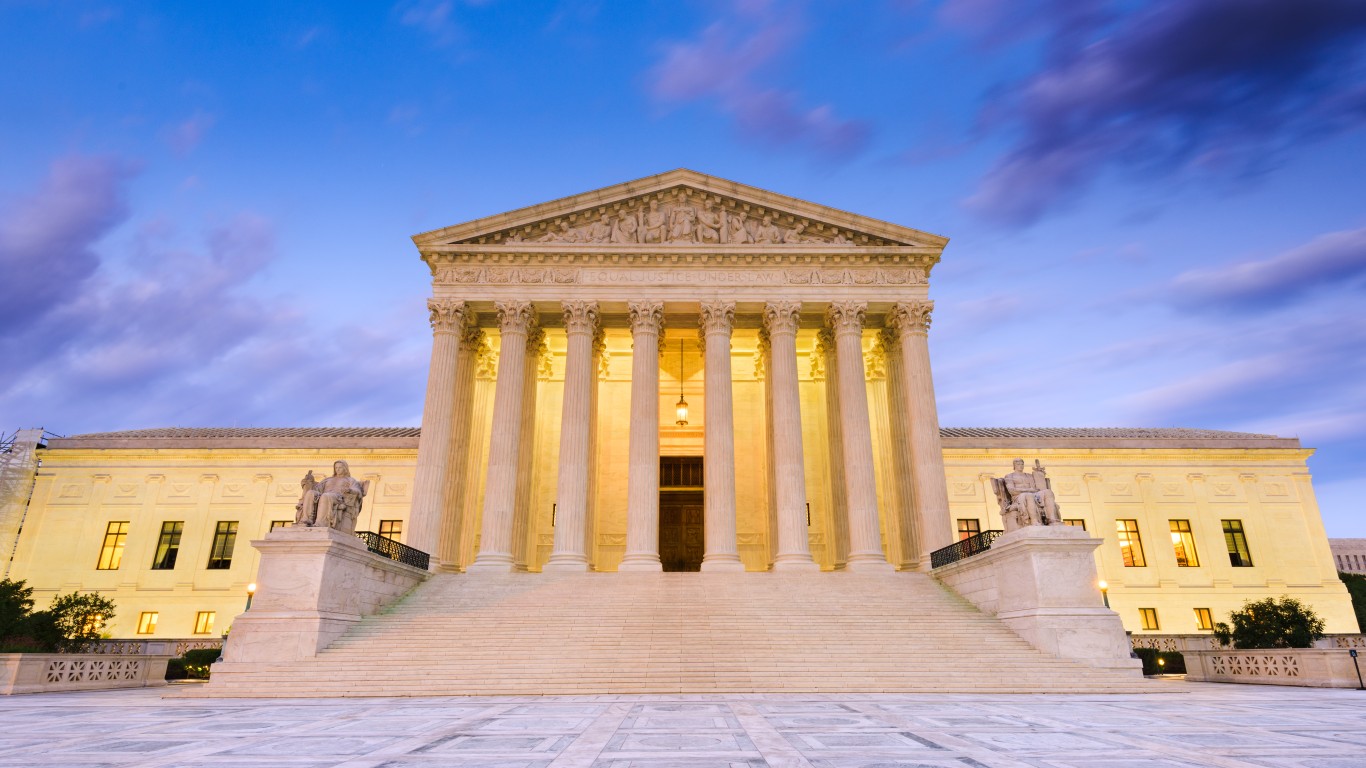
Who is the Chief Justice of the United States now?
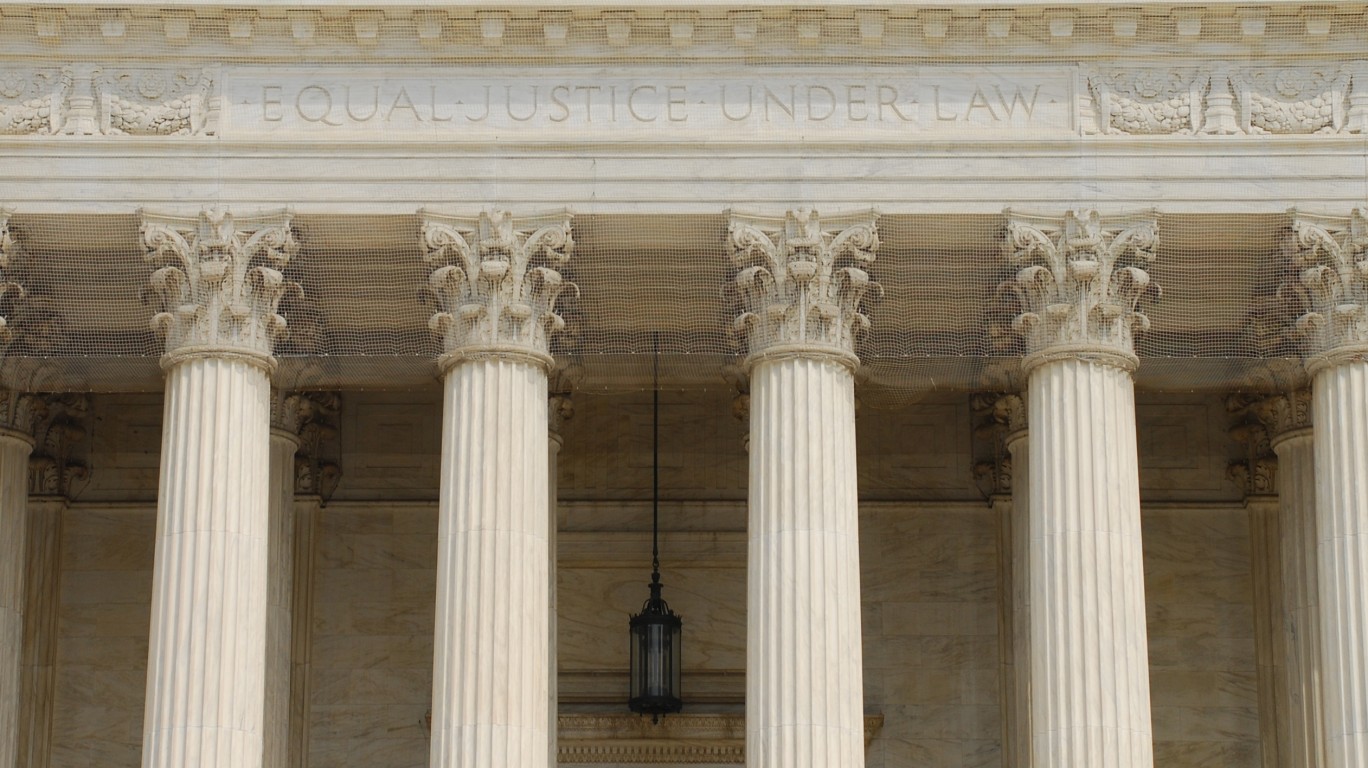
Chief Justice John Roberts was appointed to the Supreme Court on September 29, 2005, by George W. Bush. He is a strong conservative and is currently 69 years old. He is the 17th person to hold the position of chief justice and has presided over the strong and significant ideological shift of the Supreme Court toward conservatism, including the repealing of long-established rights and settled law.
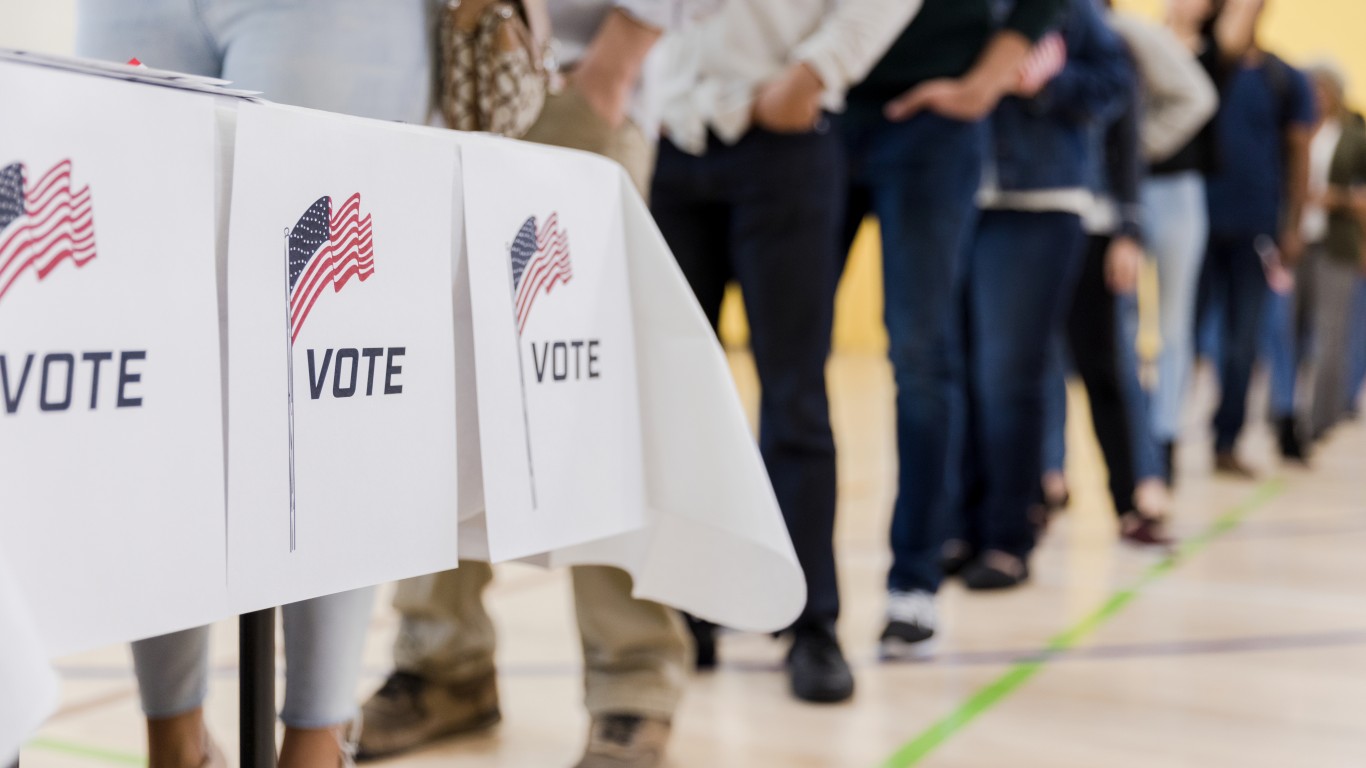
Who is the Governor of your state now?

In all U.S. states, the governor is directly elected and has similar functions and powers as the President of the United States. Every state has different laws regarding who can run for governor and when, how long a governor’s terms are, and how many terms they can serve. You can find your state or territorial governor by finding your state on this list.

Name two rights of everyone living in the U.S.
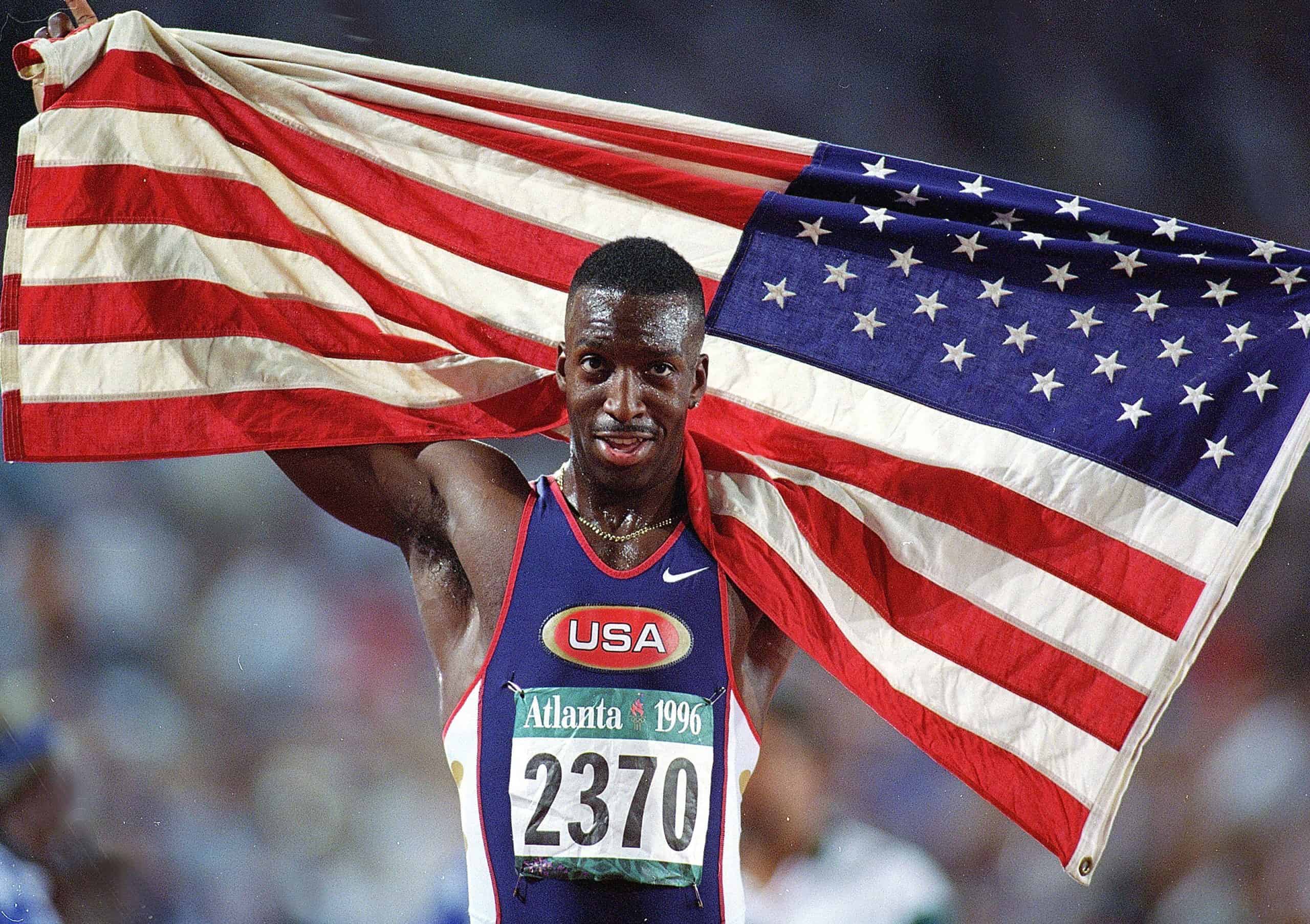
According to United States law and numerous court cases, the people of the United States have repeatedly reaffirmed that these rights apply to every person who lives within the United States, not just citizens or legal immigrants.

Name three of the 13 original states.
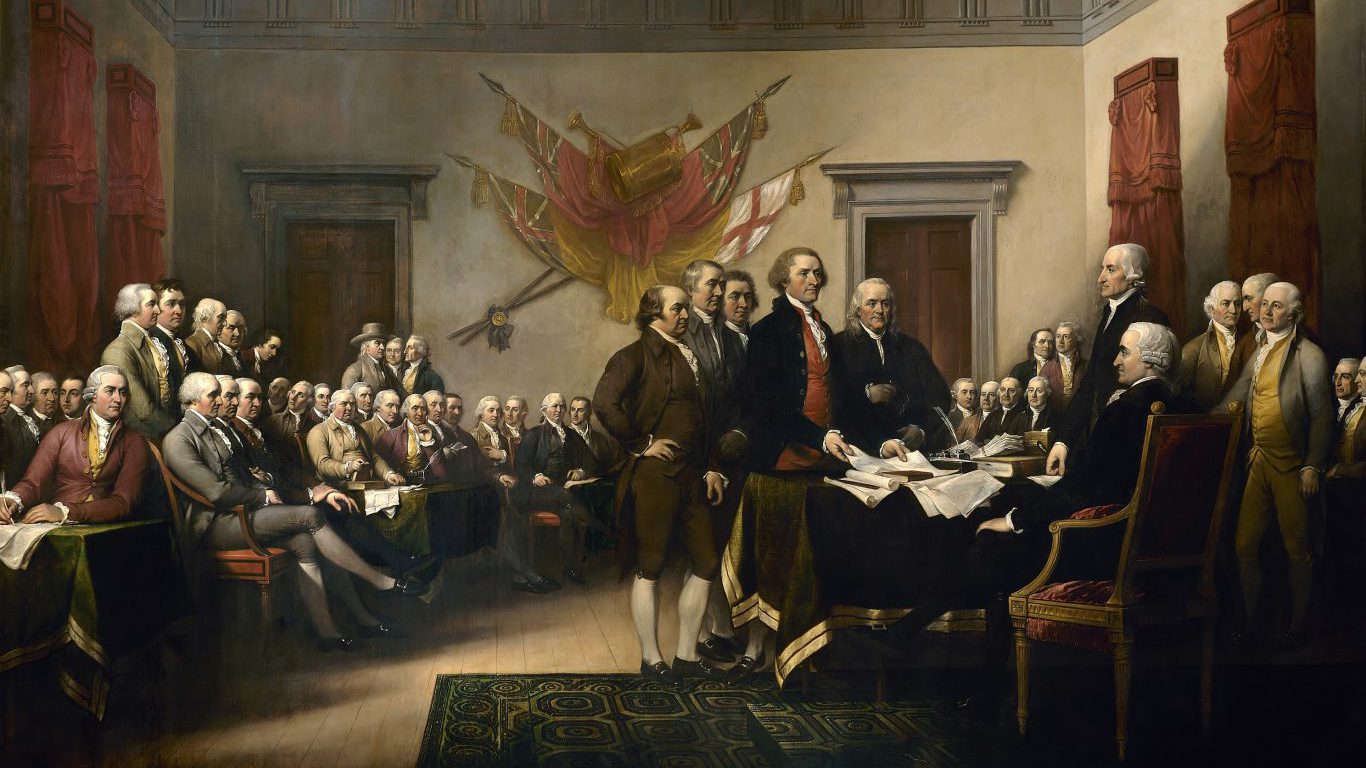
After the vote to form the United States, the original 13 British colonies became the original 13 states. The existence of the United States of America was recognized by Great Britain in the Treaty of Paris in 1783, thereby ending any legal and territorial objections to the new country.
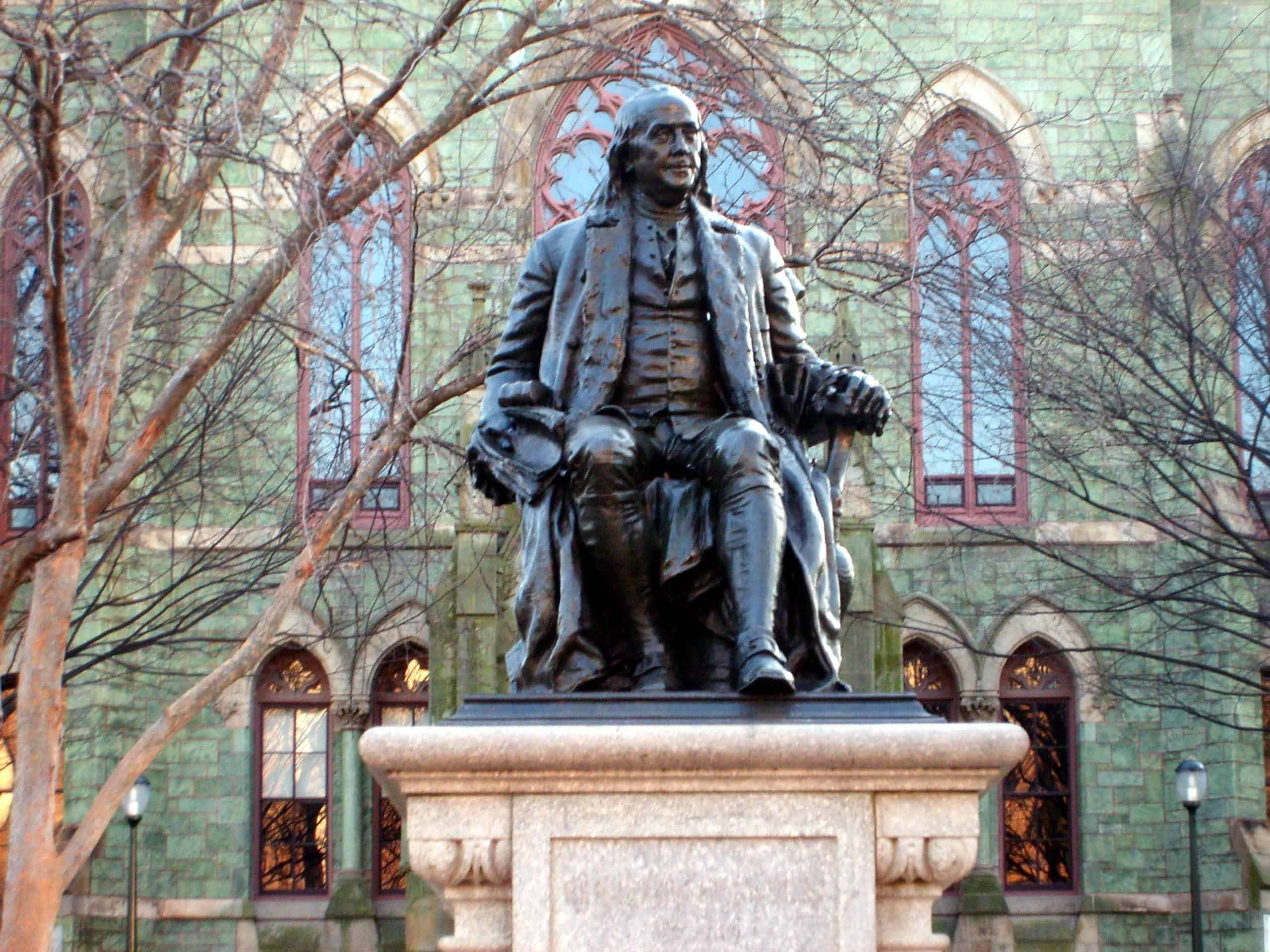
Name one thing Benjamin Franklin is famous for?
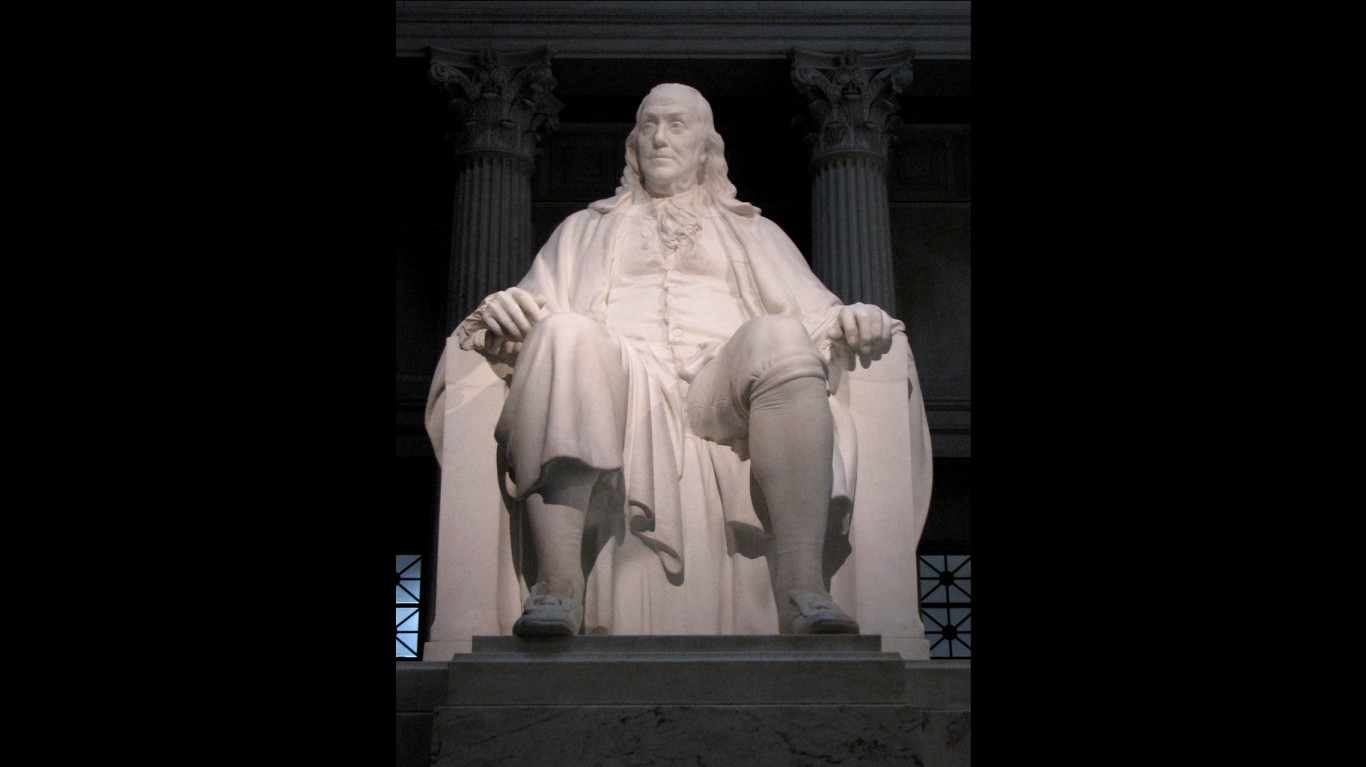
Of course, Benjamin Franklin is famous for many things, most of which can fit into one of the five categories listed above. But when it comes to the founding of the United States and the formation of its government and culture, Ben’s contributions in these five areas are among the most significant and secured his place in history for centuries.
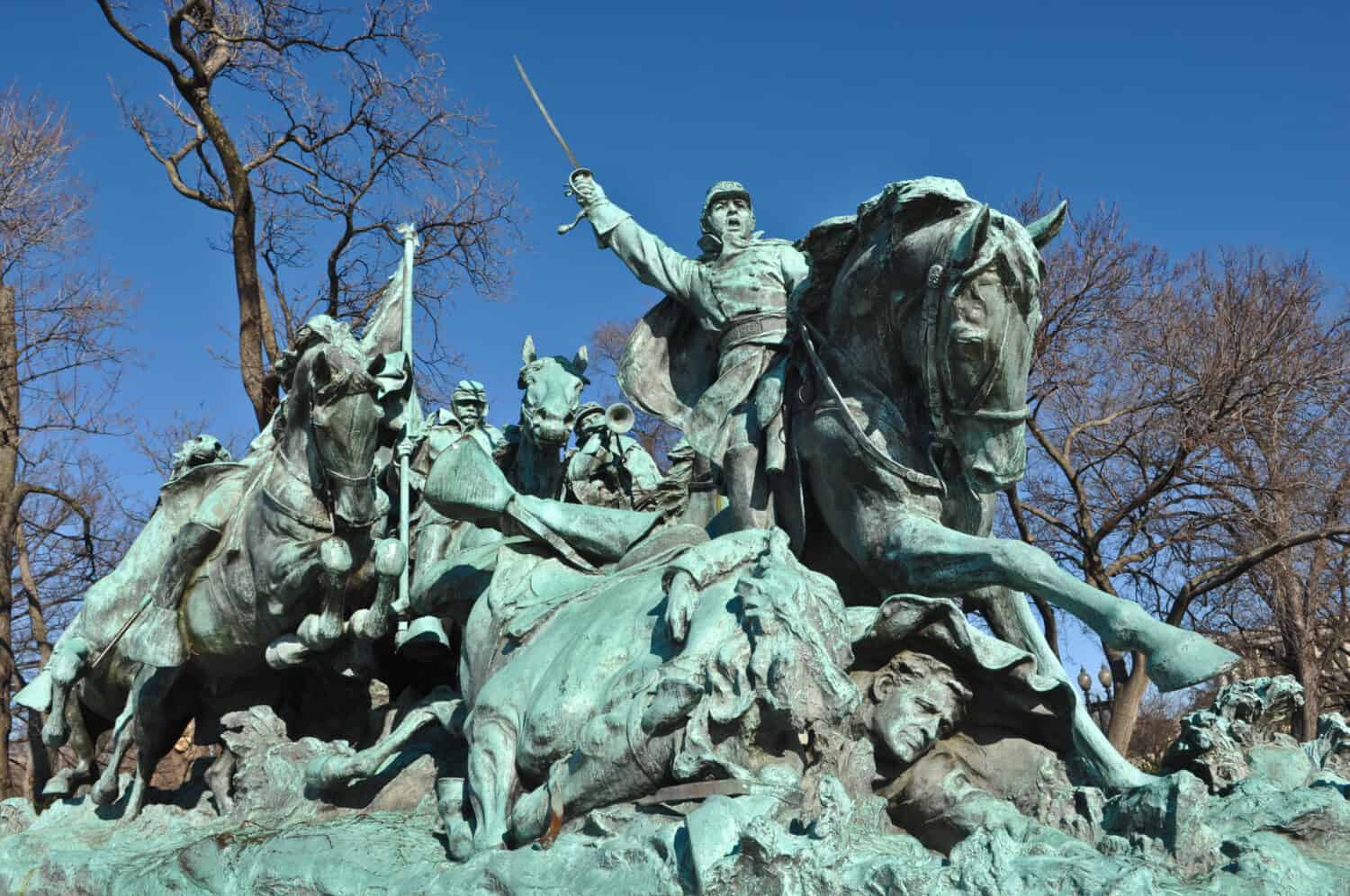
Name one problem that led to the Civil War.
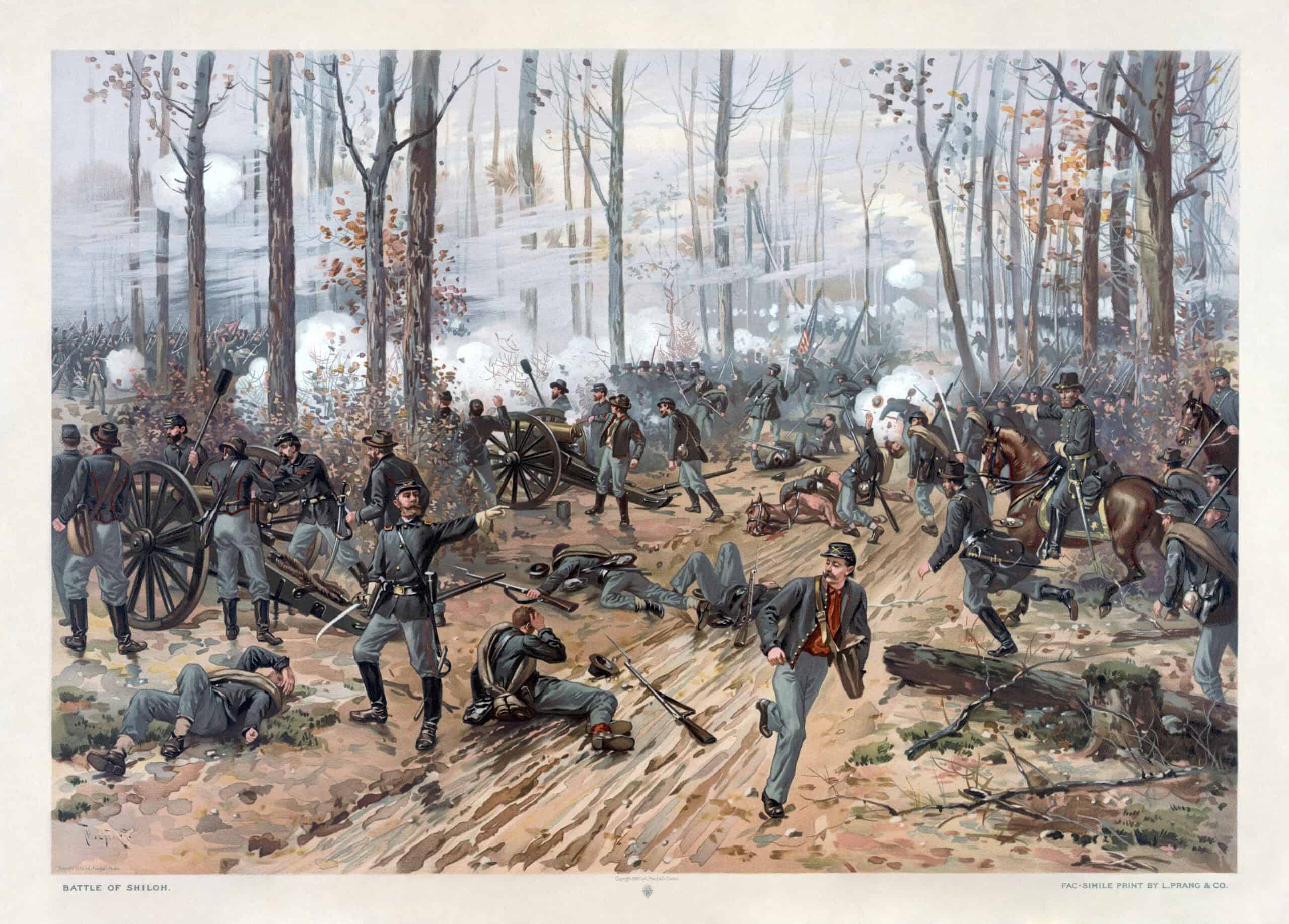
Naturally, the three reasons above are inextricably linked together and inseparable when it comes to the Civil War. The claim that states had the right to determine the legality of slavery for themselves and the economic impact emancipation would have on the industry of the Southern States eventually led to armed conflict. Historical revisionists and ill-informed political actors have increasingly claimed other reasons for the Civil War, but slavery was the root cause of the conflict according to historians and the people who fought on behalf of the Confederacy.
Start by taking a quick retirement quiz from SmartAsset that will match you with up to 3 financial advisors that serve your area and beyond in 5 minutes, or less.
Each advisor has been vetted by SmartAsset and is held to a fiduciary standard to act in your best interests.
Here’s how it works:
1. Answer SmartAsset advisor match quiz
2. Review your pre-screened matches at your leisure. Check out the advisors’ profiles.
3. Speak with advisors at no cost to you. Have an introductory call on the phone or introduction in person and choose whom to work with in the future
Thank you for reading! Have some feedback for us?
Contact the 24/7 Wall St. editorial team.